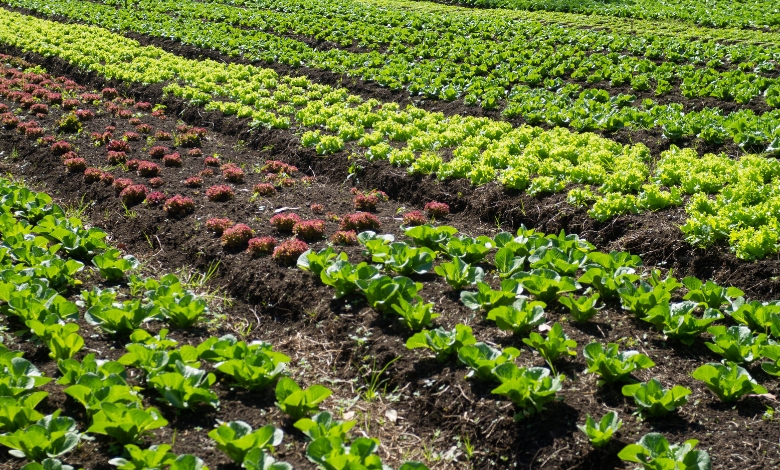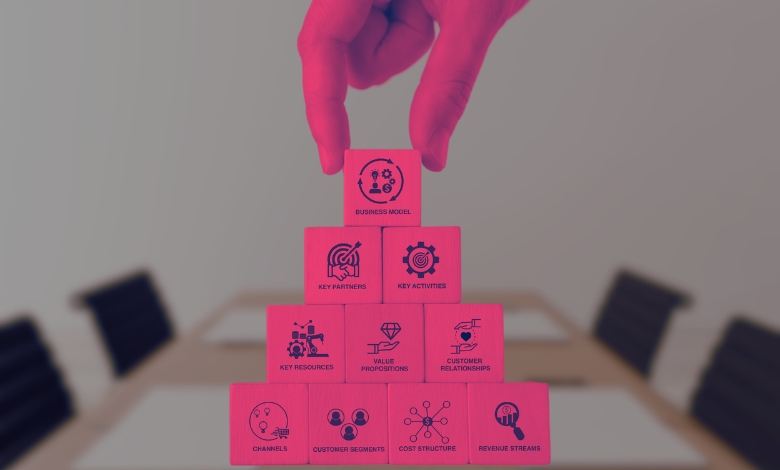Discover what type of SAE is forage and grain crop production and its importance in agricultural education and hands-on learning.
Agricultural education can really feel like its own little world, filled with all sorts of unique terms and programs.
One term you’ll come across a lot in ag programs, especially if you’re a student, is SAE, which stands for Supervised Agricultural Experience.
This is basically a hands-on learning opportunity that helps you connect what you learn in theory with real-life practice.
But when you dive into specific areas, like forage and grain crop production, figuring out what type of SAE you’re dealing with can get a bit tricky, kind of like trying to understand the buy now pay later model in stores.
That’s where this guide comes in.
I’m here to break it all down for you, step-by-step, so you’ll know not just the answer but also why it matters.
Let’s kick things off with the basics and then move on to some real-life examples to help you see where forage and grain crop production fits into the picture.
Article Breakdown
Understanding SAE: What it is and Why It’s Important

Before we get into the specifics of growing forage and grain crops, let’s talk about what SAE means.
SAEs are those hands-on learning programs that agriculture students, especially those in FFA (Future Farmers of America), are required to take.
They aren’t just pointless tasks; these activities are designed to give students real experience, develop useful skills, and help them prepare for jobs in agriculture.
There are four main types of SAE experiences:
- Exploratory: Learning by observing.
- Research/Experimentation: Conducting hands-on scientific experiments.
- Placement: Getting work experience with an employer or mentor.
- Entrepreneurship: Starting your own business.
Each type has its own goals and benefits, and every student’s experience can look different based on their interests and what they want to achieve.
When it comes to growing forage and grain crops, we generally focus on either Placement or Entrepreneurship SAEs.
Understanding how these categories work is really important for getting the most out of your learning experience.
Forage and Grain Crop Production: Placement vs. Entrepreneurship SAE
When it comes to forage and grain crop production, it’s all about growing things like hay, alfalfa, and grains that are mainly used for animal feed and other products.
You can either work for someone else on a farm or run your own farming operation.
Placement SAE for Forage and Grain Crop Production
If you choose to work for someone else, like a local farm that grows grain crops, then your experience falls under a Placement Supervised Agricultural Experience (SAE).
This means you’re getting hands-on experience while being guided by someone knowledgeable in the field.
For example, picture yourself spending summers on a family farm, where you help with everything from planting and fertilizing to harvesting and storing the crops.
You might not be making the big decisions for the business yet, but you’re learning the ins and outs by working closely with someone who has years of experience.
- Why this matters: Placement SAEs give you real-world experience and the chance to learn while working without the pressure of managing everything yourself. This is perfect if you’re not quite ready to handle all the details of crop production on your own.
In my own journey, I started with a Placement SAE in high school, working on a small family-owned grain farm.
I can still remember those early mornings, walking through the dewy fields as the sun came up.
It was tough work, but I learned so much each day—like how to check soil health, manage irrigation, and even drive a tractor.
The best part? I didn’t have to run the whole operation, so I could really focus on learning.
Entrepreneurship SAE for Forage and Grain Crop Production
If you’re running your own farm, whether it’s just a small plot or a few acres you’re leasing, you’re diving into Entrepreneurship.
This type of SAE is all about taking ownership—you’re in charge of everything from planting to profits.
For example, imagine leasing a little piece of land to grow forage crops like hay or alfalfa.
You’re responsible for all the decisions—what seeds to plant, how to fertilize, when to harvest, and how to sell your product.
It can be a lot to handle, but it also gives you the freedom to make mistakes and learn from them.
- Why it matters: Entrepreneurship SAEs build your business skills and let you experience what it’s like to run an agricultural business. This is perfect if you have an entrepreneurial spirit or aim to manage your own farm someday.
In my second year, I decided to go for it with an Entrepreneurship SAE by renting an acre of land to grow winter wheat.
It was nerve-wracking—my money, my decisions, my risks.
I quickly realized that running a crop production business is about more than just growing the best crops.
I had to manage costs, calculate profit margins, and even market my wheat to local buyers.
It was one of the hardest things I’ve ever done, but it taught me so much about the business side of agriculture.
Key Factors to Consider When Choosing Your SAE Type
Choosing between Placement and Entrepreneurship for your SAE can be tricky. Here are a few questions that might help you decide—consider them carefully.
- Who’s in Charge?
If you’re learning under a mentor, you’re probably looking at Placement. But if you’re the one making decisions, you should think about Entrepreneurship. - Are You Handling Money?
If your role involves dealing with finances or profits, that’s a sign you’re leaning towards Entrepreneurship. In a Placement, you typically won’t handle money. - What Skills Do You Want to Learn?
Placement is awesome for gaining technical skills and seeing how businesses run. On the other hand, Entrepreneurship will help you develop skills in business management. - What Resources Do You Have?
If you’re thinking about Entrepreneurship, you might need things like land or funding. But with Placement, you can learn without having to secure those things upfront.
Advantages of Different Types of SAEs in Forage and Grain Crop Production
Knowing what you can gain from each type of Supervised Agricultural Experience (SAE) will help you figure out which one is best for you.
Benefits of Placement SAEs
- Skill Development: When you work under someone’s supervision, you learn the industry standards.
- Less Financial Risk: Usually, placement programs don’t require you to invest your own money.
- Networking Opportunities: Since you’re collaborating with industry professionals, it can lead to job opportunities down the line.
Benefits of Entrepreneurship SAEs
- Business Management Skills: Running a business helps you develop skills in budgeting, marketing, and strategic thinking.
- Ownership Experience: Making real decisions boosts your confidence.
- Profit Potential: Unlike placement SAEs, here you have the chance to earn money if your venture is successful.
Each type of SAE has its unique perks, so think about what fits your goals and resources.
The Challenges and Rewards: Lessons from Real-World Forage and Grain SAE Projects
Growing forage and grain can be tough, but managing a whole crop production project really tests your resilience.
You’ll face all sorts of challenges, like weird weather and changing market prices, but the lessons you learn are priceless.
- Getting Through Tough Times: My first year growing grain on my own was one of the rainiest seasons ever. It was rough! My wheat didn’t mature as it should have, and I lost some of my crop. However, that setback taught me valuable lessons on how to reduce crop loss and try out new planting methods.
- Enjoying the Successes: There’s nothing quite like the feeling of a successful harvest, even if it’s from a small area. Watching the results of your hard work and realizing you did it (mistakes and all) is one of the best feelings you can have.
Choosing the Right SAE for You
When deciding between a Placement and an Entrepreneurship SAE in forage and grain crop production, it really comes down to where you are in your journey and what you hope to gain from the experience.
- If you’re just starting out and want to build a solid foundation, going with a Placement might be the way to go. You’ll get to learn from a mentor and boost your confidence in the field.
- On the other hand, if you’re ready to take the lead and tackle challenges head-on, the Entrepreneurship SAE will give you a real taste of what running a business in agriculture is like. You’ll also pick up valuable skills in decision-making and managing finances.
The key is to choose the path that fits your skills, resources, and personal goals.
And remember—both types of SAEs offer value, and neither is the “right” choice over the other.
It’s all about creating an experience that prepares you for your future, whether that means running a farm, working in ag business, or continuing your education.
Key Insights
- Agriculture is changing fast, and the skills you pick up from an SAE can really make you stand out.
- This isn’t just about finishing a school project or ticking a box—it’s about building a strong foundation for a rewarding career.
- Whatever path you choose, working with forage and grain crops can open the door to agriculture, giving you the hands-on experience and toughness that every successful farmer or agribusiness person needs.
Additional Resources:
- Entrepreneurship SAE Guide on AET: This guide walks you through managing entrepreneurship projects in the Agricultural Experience Tracker (AET).
- Placement SAE Guide on AET: This resource helps you with managing work experience projects, whether they’re paid or unpaid.



